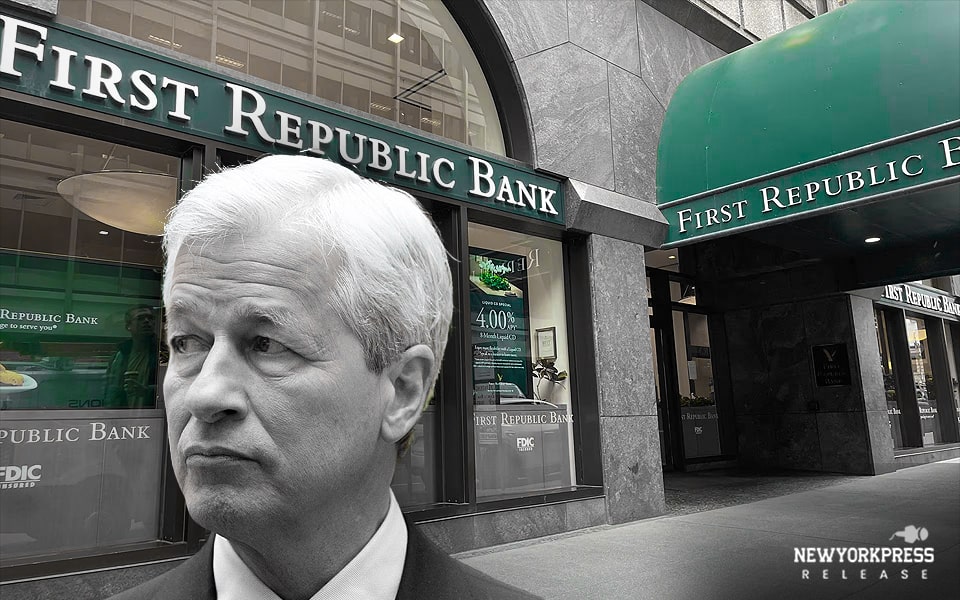In a historic high, gold prices rose above the $3,100 level, propelling the precious metal into record territory. The stunning surge comes as investors prepare for a string of imminent US tariffs scheduled to come into effect in the next few months. Gold’s steep rise has surprised market players and analysts alike, who attribute the metal’s safe-haven appeal during periods of economic and geopolitical uncertainty. With the world trade climate again under stress, many interpret gold’s recent run-up as evidence of greater anxiety, especially as possible changes in fiscal and monetary policy loom on the horizon.
Market participants have been closely following the course of gold, which started rising earlier this year as inflation fears mounted and concern about worldwide economic growth continued to linger. Speculation regarding future US tariffs has added to the concerns, fueling a bigger appetite for those assets that are perceived as stable or most likely to hold value. In these uncertain times, gold seems to be moving center stage as a safe store of wealth, garnering the interest of institutional investors and retail clients alike who wish to take refuge from the vagaries that shroud the markets.
The US levies, expected to impact numerous sectors by experts, have also generated new apprehension among corporations and policymakers. Firms dependent on global value chains worry about the disruption and extra expenses that may complicate an already unstable economic recovery across some regions worldwide. Central banks, meanwhile, monitor inflation rates and exchange rate volatility, using these in weighing their interest-rate decisions and purchases of assets. The interaction among these variables tariffs, inflation, and monetary policy has provided fertile soil for gold’s rise.
Technically, crossing the $3,100 hurdle indicates that gold’s rally can continue, particularly if trade tensions escalate and inflationary pressures continue to remain unresolved. Historically, analysts have cited instances of gold prices increasing when protectionist policies were enforced by large economies. Although the metal’s course is hard to forecast, the prevailing scenario with increased volatility and policy changes looks positive for gains.
However, uncertainty also provokes caution. Critics sound a warning that gold could see a sharp reversal if the US and its trading partners reduce tensions or make deals that reduce tariff effects. Less trade friction could cause investors to redistribute capital into riskier assets like equities, potentially cooling gold’s meteoric rise. In addition, if inflation expectations dwindle and central banks move to take more hawkish interest rate positions, gold’s allure may decline with the advent of higher-yielding alternatives.
For the moment, at least, the precious metal retains firm momentum. Banks, hedge funds, and private investors continue to accumulate gold in their portfolios as they seek to hedge against potential downside risk. Retail interest has also accelerated, as ordinary buyers seek to protect their savings amid chaotic headlines and uncertain times. This increase in interest further serves to reinforce gold’s position as a gauge of market sentiment and a sign of stability when other assets display greater volatility.
As US tariffs loom on the horizon and there is no imminent solution, gold’s phenomenal ascent over $3,100 symbolizes the nervousness everywhere. Whether the metal keeps hitting record highs or takes a correction would hinge on a sensitive combination of trade talks, monetary stances, and recurring inflationary tensions drivers that are currently fashioning a fresh page in the global economic arena.




